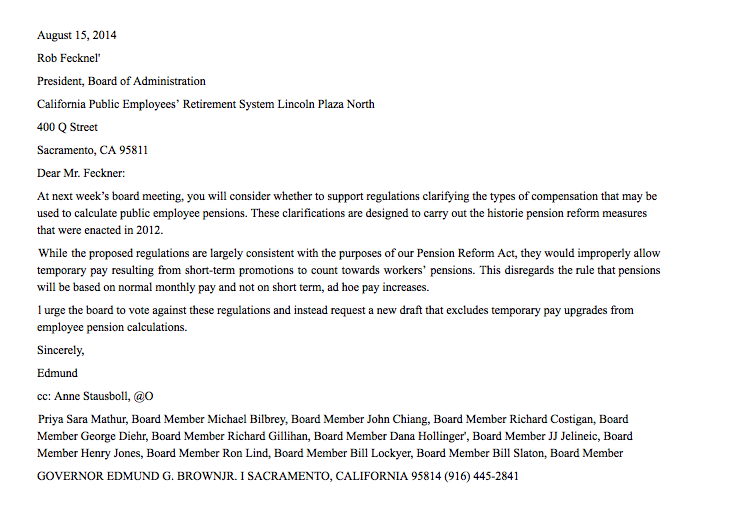CalPERS has been reviewing its hedge fund strategy for months, and that review initially led to a 40 percent pullback from hedge funds.
But now the California pension fund has announced plans to cut the cord from hedge funds entirely, pulling out $4 billion from 30 hedge funds. From Reuters:
Calpers, the largest U.S. pension system, said on Monday it has scrapped its hedge fund program and will pull about $4 billion in its investments from 30 such funds.
The $300 billion California Public Employees’ Retirement System said it would exit the program, known internally at Calpers as the Absolute Return Strategies (ARS) program, to reduce “complexity and costs.”
“Hedge funds are certainly a viable strategy for some, but at the end of the day, when judged against their complexity, cost, and the lack of ability to scale … the ARS program doesn’t merit a continued role,” Ted Eliopoulos, Calpers interim chief investment officer, said in a statement.
Calpers said it will spend the next year exiting 24 hedge funds and six hedge fund-of-funds, “in a manner that best serves the interests of the portfolio”.
The decision to exit the hedge fund program culminates a search, Calpers says, that began after the 2008 financial crisis to ensure it was “less susceptible to future large drawdowns.”
Calpers has signaled waning enthusiasm for the asset class for some time. It started a review of its hedge fund program this year and has said for months it would cuts its allocation to hedge funds.
CalPERS overall portfolio returned 18.4 percent last year. But it’s hedge fund portfolio earned only 7.1 percent, while racking up $135 million in fees and expenses.










